What is the tolerance range of precision screws?
What is the tolerance range of precision screws?
Service Hotline
+86760-8787 8587We have more than ten years of experience in the production of screw industry, the main products are: square head cylindrical screw, black plastic nut, half tooth cup head screw, color galvanized nut, plum handle screw, DIN580 hanging wire, cage nut floating nut mother cabinet Nuts, Phillips socket head screws, monitoring security copper studs, 2x34x10 copper knurled nuts, color aluminum alloy washers, square clip right angle U-screws, opening washers, extended pull screws, GB856 and other fasteners, due to the product The materials and specifications are different, and the prices are also different. Please contact us if you need it.


The screw is a fairly common structure in the technical field of machine parts assembly, and it mainly uses the mutual engagement characteristics of male and female threads to achieve the purpose of pressing the workpiece. At present, there are many kinds of screws on the market, and their functions are also very different. However, a stud and a rotating part by which the stud is rotated are the same basic structure.
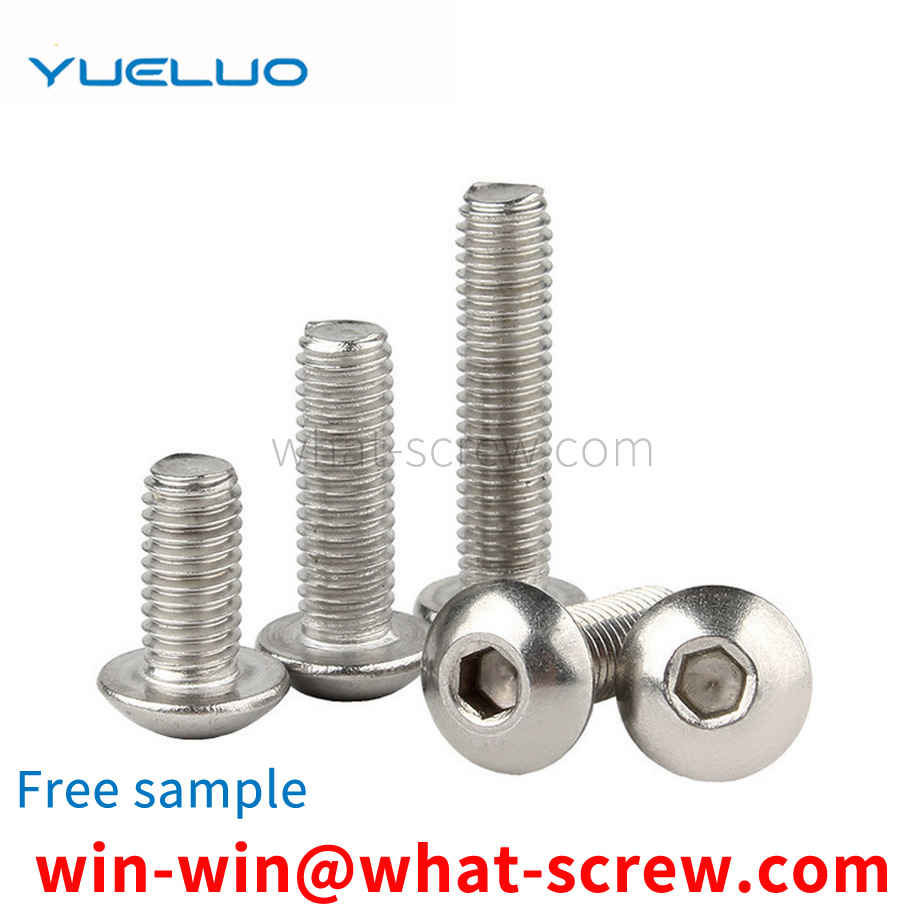
At present, there is an anti-theft T-bolt in the prior art, which is composed of a screw rod and a bolt head connected with the screw rod; the screw rod is composed of a polished rod and a threaded rod; a concave hole is provided at the bottom end of the screw rod; cylindrical, and the diameter of the cylindrical bolt head is larger than the diameter of the screw. When the above-mentioned anti-theft T-bolts are in use, the user usually hammers the concave hole at the bottom end of the screw with a hammer or other tool to deform it, destroy the thread structure on the screw, and fix the nut with a deformed object, so as to achieve anti-theft. Features
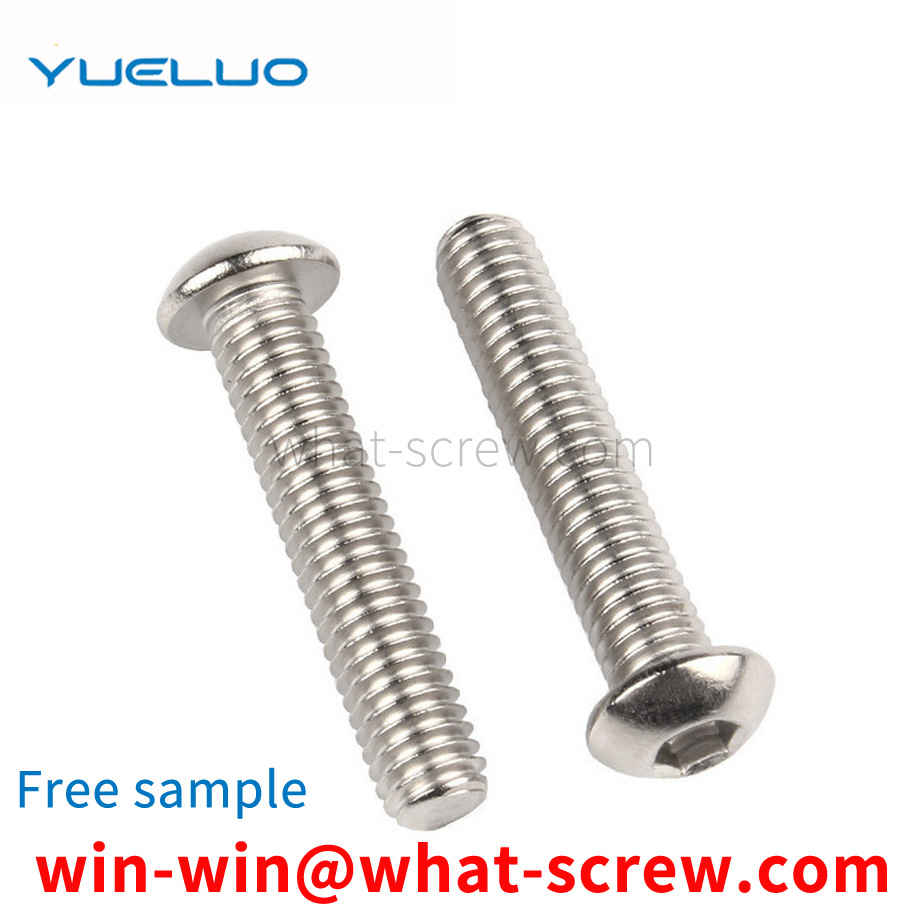
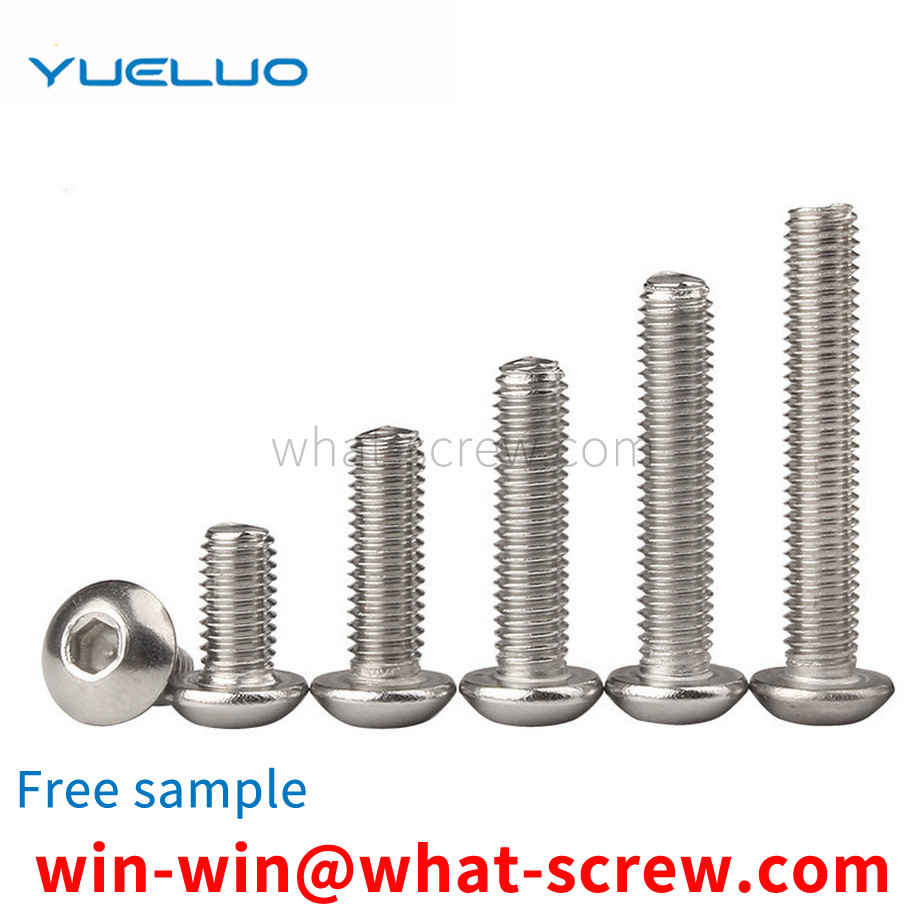
Figure 1 is a schematic structural diagram of Guangdong Yueluo Hardware Industry Co., Ltd. Figure 2 is a front view of the structure of the riveted positioning block. FIG. 3 is a top view of the structure of the riveted positioning block. Figure 4 is a front view of the structure of the riveting lower die. Figure 5 is a side view of the structure of the riveting lower die. 1, I is a rivet, 2 is a riveting positioning block, 3 is a product, 4 is another product, and 5 is a riveting lower die. [0017] Referring to Figure 2, Figure 3, 2-1 is a positioning pin, 2-2 is a rivet hole, and 2-3 is a through hole. Referring to Figure 4, Figure 5, 5-1 is a positioning hole, 5-2 is a guide block, 5_3 is a countersunk screw hole, and 5_4 is a vacant hole.
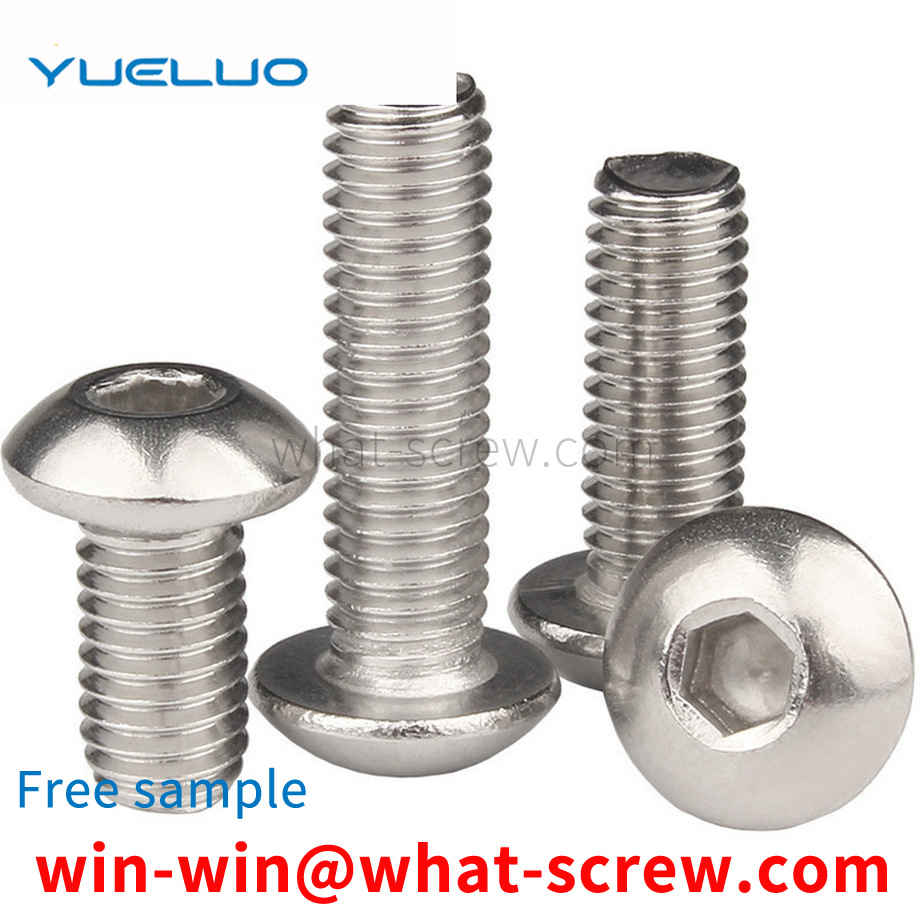
At present, in the field of building curtain wall, factory building support structure, shelf structure and other fields of steel structure connection, if closed profiles (such as rectangular steel pipes) are used as the connection structure, welding connection is generally used, and bolt connection cannot be realized. The reason why a bolted connection is not possible is that the profile is a closed structure and it is not possible to place the bolt at the connection location because the size of the bolt head is larger than the thread hole diameter on the profile. Welded connections affect the structural quality of outdoor projects, with poor corrosion resistance, reduced structural strength, and frequent fire accidents. However, the existing non-welded steel structure and the fastening connection of the bracket have complicated T-bolt structure, troublesome processing technology and high production cost.
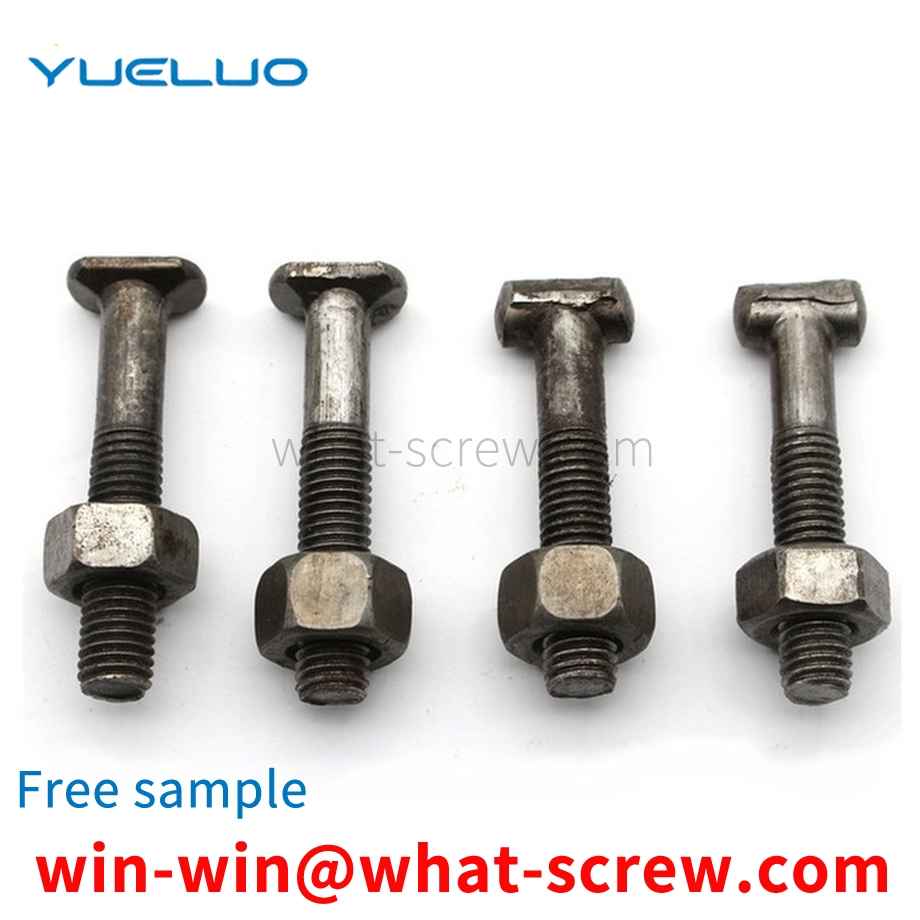
The above content is uploaded by Yueluo or the Internet. If there is any copyright issue, please contact [email protected].

What is the tolerance range of precision screws?

How to choose the right stainless steel screw manufacturer?

Why is there an R angle under the head of the hexagon head s...

We have more than ten years of production experience in the ...

We have more than ten years of production experience in the ...

We have more than ten years of experience in screw industry ...

We have more than ten years of experience in screw industry ...